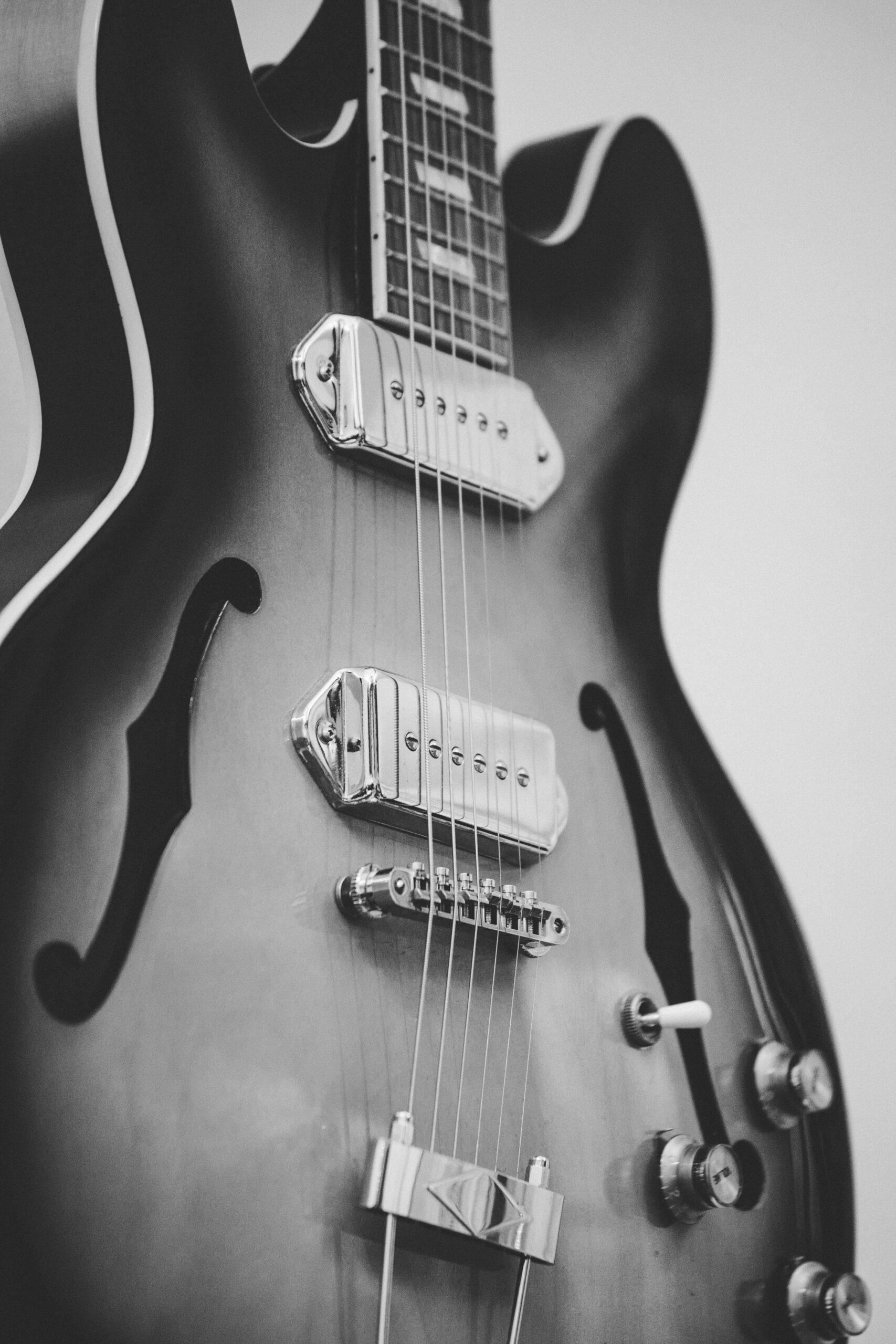How to Read Slash Notation on Guitar
When learning to play guitar, you’ll encounter various forms of musical notation, each serving a specific purpose. One of the most essential notations for guitarists is slash notation. This guide will walk you through what slash notation is, how to read it, and how to apply it in your playing. Below is a beginner example to try!
Check out more exercises and concepts in my Free Sheet Music Library!
What is Slash Notation?
Slash notation is a simplified way of notating music that focuses primarily on rhythm. It is commonly used in lead sheets and chord charts, especially in jazz, pop, and rock music. Unlike traditional sheet music, which shows every note to be played, slash notation gives you the freedom to choose your chord voicings, making it a flexible tool for guitarists.
Understanding the Basics of Slash Notation
In slash notation, the music is typically represented by slashes (/) that indicate the rhythm. Each slash corresponds to a beat. For example, in 4/4 time, you might see four slashes per measure, each representing one beat.
Rhythms in Slash Notation
The rhythm is the most critical aspect of slash notation. While the specific notes or chords are not dictated, the rhythm must be followed precisely. The slashes might be combined with rhythmic notation, such as dots or stems, to indicate half notes, quarter notes, eighth notes, etc.
- Whole Note: A hollow slash or a whole note symbol, representing four beats. You can see an example of this in the last measure of the PDF above.
- Half Note: A hollow slash with a stem, representing two beats.
- Quarter Note: A solid slash or a slash with a stem, representing one beat.
- Eighth Note: Two slashes connected by a beam, representing half a beat each.
For more information on note values, check out my article on reading sheet music.
Chord Symbols
Above the slash notation, you’ll find chord symbols that indicate which chord to play. These symbols guide the harmony, while the slashes guide the rhythm. However, the specific chord voicings are not shown, allowing you to choose how you want to play the chord. Check out the PDF for an example!
Applying Slash Notation to Your Playing
Slash notation is particularly useful for guitarists because it allows you to focus on the rhythm while giving you creative freedom with chord voicings. Here’s how you can apply it:
- Read the Rhythm: Start by focusing on the slashes and understanding the rhythm they indicate. Clap or tap the rhythm out before you begin playing.
- Choose Your Voicings: Decide which chord voicings to use. If the music is fast, you might prefer simpler voicings like power chords or open chords. For slower songs, you might experiment with more complex voicings.
- Combine Rhythm and Chords: Once you’re comfortable with the rhythm and have chosen your voicings, practice combining the two. Strum or pick the chords according to the rhythm indicated by the slashes.
- Experiment and Improvise: Since slash notation doesn’t dictate specific voicings, feel free to experiment. Try different inversions, add embellishments, or change the dynamics to make the music your own.
Conclusion
Understanding and reading slash notation is a crucial skill for any guitarist. It simplifies the notation process, allowing you to focus on rhythm while giving you the creative freedom to choose your chord voicings. By mastering slash notation, you’ll be able to interpret lead sheets and chord charts more effectively, enhancing your versatility as a guitarist. Happy practicing!

Comments are closed